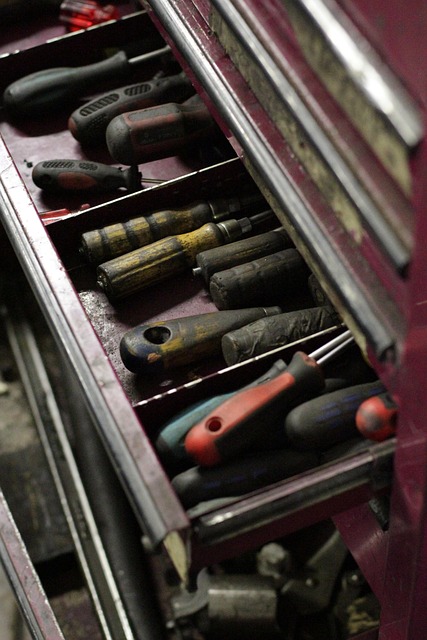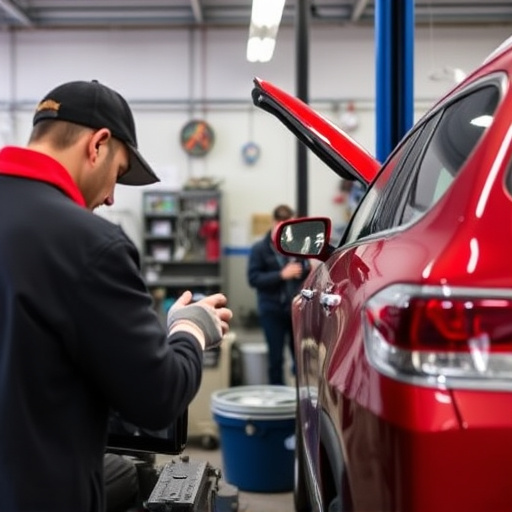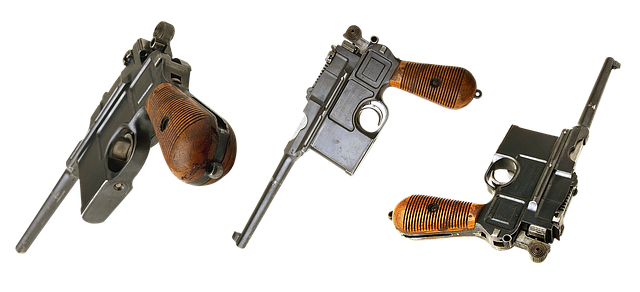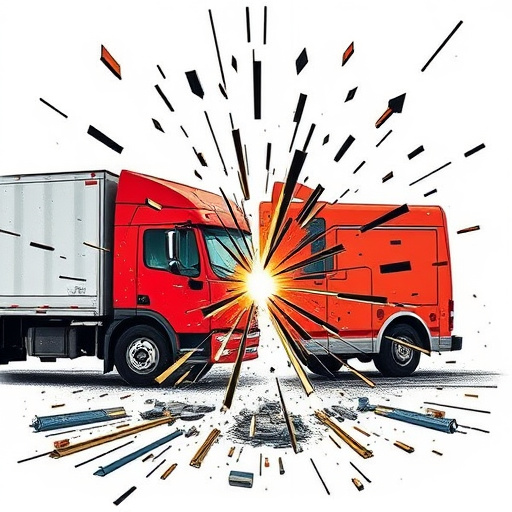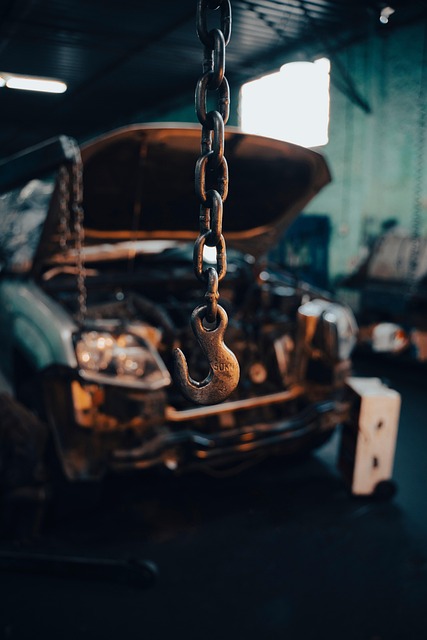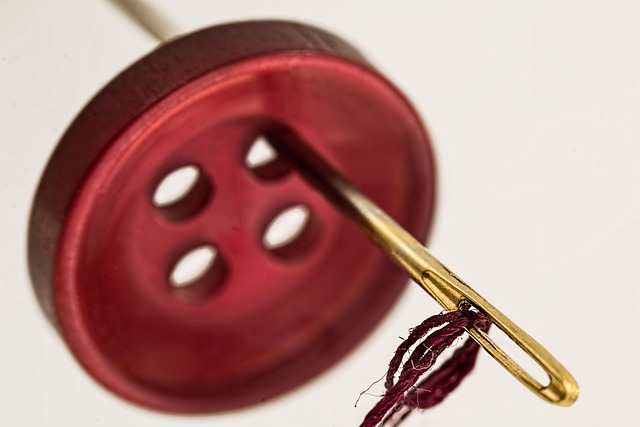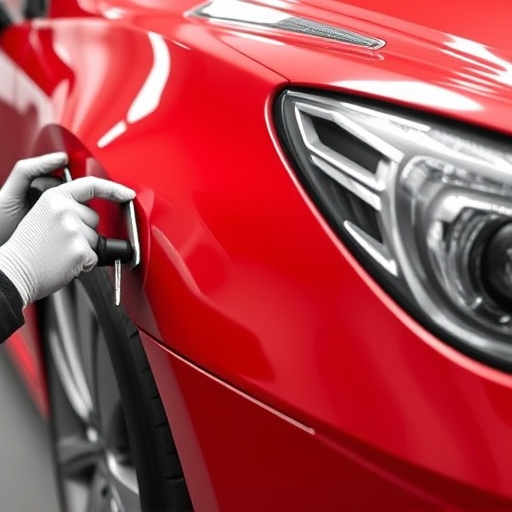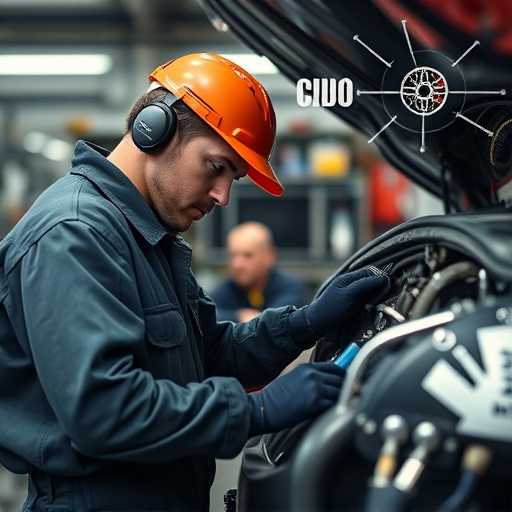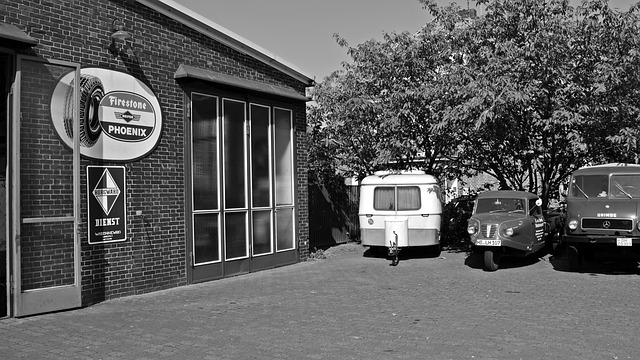The collision claim process is a multi-step procedure guided by adjusters, who serve as vital intermediaries between insurance companies and policyholders. Their key roles include assessing vehicle damage, managing settlements, and facilitating repairs. Skilled in both auto maintenance and insurance law, these professionals ensure fair compensation, expedite resolutions, and restore vehicles to pre-accident condition, ultimately providing peace of mind for all parties involved.
Adjusters play a pivotal role in the collision claim processing, streamlining the intricate path from accident to resolution. This article delves into the core responsibilities and impact of these professionals, offering insight into how they navigate the complex landscape of auto collisions.
From understanding the collision claim process to managing repairs, settling payments, and ensuring customer satisfaction, adjusters are the linchpin, optimizing efficiency at every step.
- Understanding the Collision Claim Process: A Foundation for Adjuster Role
- Key Responsibilities of Adjusters in Processing Collision Claims
- Enhancing Efficiency and Customer Satisfaction: The Impact of Adjusters on Collision Claim Outcomes
Understanding the Collision Claim Process: A Foundation for Adjuster Role
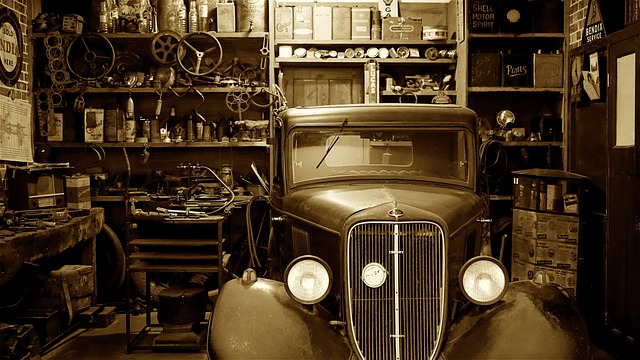
The collision claim process is a complex series of steps that begin with the initial report of a vehicle accident and culminate in either a settlement or litigation. It involves multiple stakeholders, including insurance companies, policyholders, and repair facilities like auto body shops. At the heart of this process are adjusters—professionals tasked with evaluating damage, determining liability, and facilitating fair compensation for all involved parties.
Understanding this intricate dance is crucial to grasping the role of adjusters. They serve as the bridge between the immediate aftermath of a collision and the eventual resolution. From assessing damages, which may include anything from minor dent removal to extensive auto body repair services, adjusters must possess a deep knowledge of both the physical aspects of car repairs and the legal parameters governing insurance claims. This dual expertise ensures that the collision claim process is not only efficient but also just and beneficial for all participants, ultimately restoring peace of mind after what can be a traumatic event.
Key Responsibilities of Adjusters in Processing Collision Claims
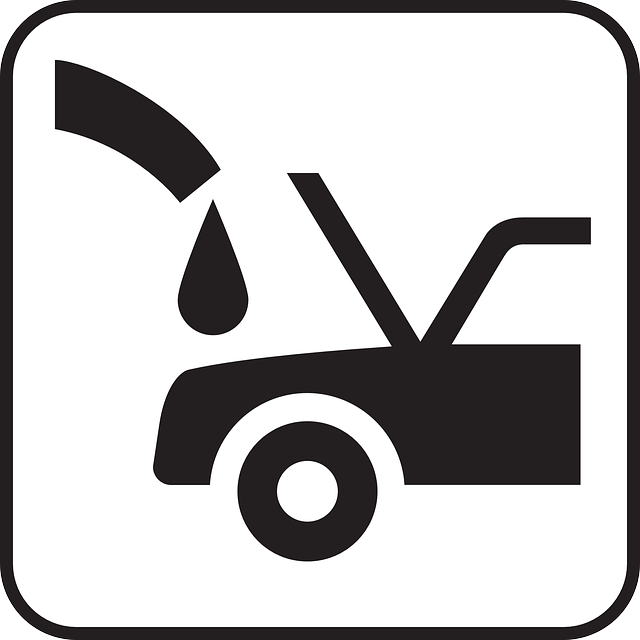
Adjusters play a pivotal role in the collision claim process, serving as the liaison between insurance companies and policyholders. Their primary responsibilities include assessing damage to vehicles, determining the scope of repairs required, and facilitating the entire claims settlement process. These professionals are well-versed in vehicle restoration techniques and auto maintenance procedures, enabling them to accurately estimate repair costs and negotiate with repair facilities.
By skillfully navigating the collision claim process, adjusters ensure that policyholders receive fair compensation for their damaged vehicles. They carefully document all findings, communicate effectively with stakeholders, and adhere to legal requirements. Their expertise in bumper repair and other auto maintenance services is crucial in achieving a successful resolution, minimizing out-of-pocket expenses for policyholders, and expediting the return of their vehicles to roadworthiness.
Enhancing Efficiency and Customer Satisfaction: The Impact of Adjusters on Collision Claim Outcomes

The role of adjusters is pivotal in enhancing efficiency and customer satisfaction within the collision claim process. They serve as the bridge between insurance companies and policyholders, ensuring smooth communication and swift resolution. Adjusters meticulously assess damage to vehicles, often involving complex fender repair or even car restoration for more severe cases. Their expertise in vehicle repair services facilitates accurate valuation of claims, enabling fair compensation for policyholders.
By streamlining the collision claim process, adjusters contribute to reduced turnaround times. This efficiency translates into higher customer satisfaction, as policyholders appreciate prompt resolutions and transparent updates. Moreover, their ability to coordinate with skilled technicians for both fender repair and more extensive car restoration ensures that vehicles are returned to their pre-accident condition, fostering trust in the insurance company’s services.
Adjusters play a pivotal role in the efficient and effective processing of collision claims. By understanding the intricacies of the collision claim process, they can effectively manage expectations, coordinate repairs, and ensure timely settlements. Their key responsibilities, including assessment, negotiation, and documentation, significantly impact outcomes, fostering customer satisfaction. In today’s digital era, adjusters are leveraging technology to enhance efficiency, streamlining processes, and delivering a smoother experience for all involved parties in the collision claim process.
